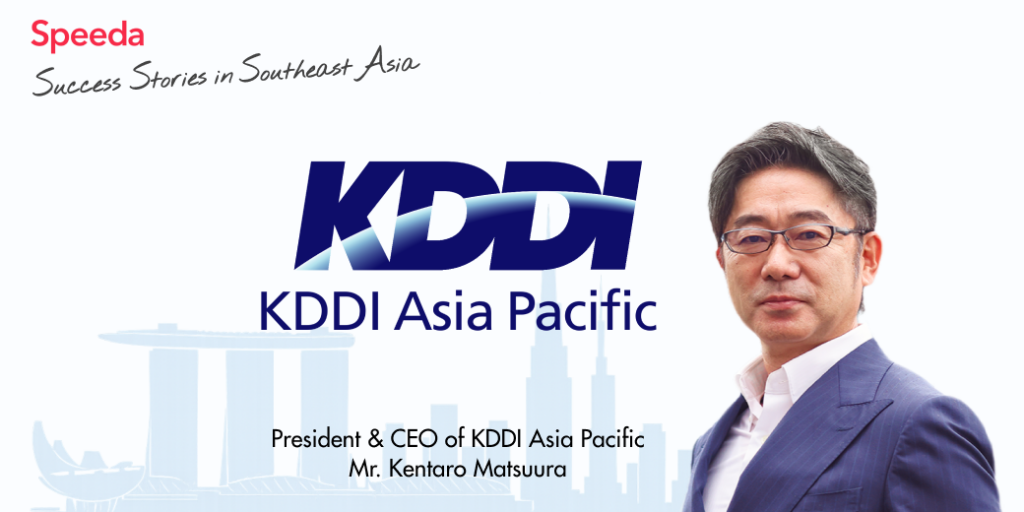Resource Center
Deal Sourcing in Southeast Asia

Sector Focus Unlocks Quality Deal Flow in Southeast Asia
| Why Sector Specialisation Builds a Stronger Pipeline
In Southeast Asia’s fast-moving M&A landscape, sector focus is no longer optional—it is a competitive advantage. While the region offers abundant deal flow, each sector operates under its own growth drivers, valuation logic, and risk profiles. A consumer goods opportunity in Indonesia is not evaluated the same way as a fintech deal in Singapore or an industrial acquisition in Vietnam. The most successful private equity (PE) and corporate strategy teams therefore build sector theses to guide sourcing, ensuring resources are allocated to opportunities with the greatest alignment to their investment mandates. This approach allows firms to identify high-quality prospects earlier, negotiate from a position of informed conviction, and maintain a more resilient pipeline despite market volatility. Without this lens, deal sourcing risks becoming reactive, chasing momentum rather than shaping it.
| Regional Vibrancy Conceals Sector-by-Sector Nuances
Southeast Asia continues to attract global capital, with cross-border M&A activity increasingly driven by intra-ASEAN confidence. However, growth is uneven across industries. Logistics, for example, is expanding rapidly due to e-commerce penetration and foreign investment, while healthcare benefits from rising middle-class demand and demographic shifts. Meanwhile, renewable energy is riding policy tailwinds but faces execution challenges such as grid capacity and regulatory bottlenecks. Understanding these distinctions is critical: sector dynamics influence everything from valuation multiples to due diligence complexity. Investors who grasp these nuances can price risk accurately, structure more effective deal terms, and anticipate post-acquisition integration challenges unique to each industry.
| Logistics Illustrates the Power of Macro and Micro Drivers
Using the logistics sector, it demonstrates how macroeconomic forces and sector-specific enablers intersect to create investment opportunities. In India and Southeast Asia, e-commerce growth, rising middle-class consumption, and manufacturing shifts are fuelling demand for warehousing, cold chain, and last-mile delivery solutions. The sector’s fragmentation offers a fertile ground for consolidation plays, while regulatory support and foreign direct investment (FDI) further underpin growth. Yet execution requires understanding micro-level challenges—such as infrastructure disparities between urban and rural areas or cold chain reliability standards—that directly impact service quality and scalability. A sector-focused sourcing strategy ensures these subtleties are evaluated early, avoiding costly surprises later.
| Used Vehicles Show How Consumer Behaviour Shapes Opportunity
The used car market across ASEAN provides another case study in why sector-specific knowledge matters. While the region overall is set for steady growth, national trajectories diverge sharply: Vietnam leads in CAGR despite high vehicle prices due to limited public transport, whereas Singapore’s world-class transit system tempers demand. Drivers include middle-class affordability needs, ride-hailing fleet expansion, and cost-effectiveness relative to new cars. However, challenges such as market fragmentation, trust deficits, and restrictive import rules create barriers that only targeted strategies—like OEM-certified pre-owned programmes or non-bank financing solutions—can overcome. Sector specialists can map these opportunities to structural constraints and identify market-entry angles that generalists might miss.
| Building a Sector Thesis Requires More Than Macro Data
While macro trends help prioritise sectors, they do not replace the need for deep market intelligence. A robust sector thesis integrates competitive landscape mapping, regulatory analysis, and value chain positioning. For example, a renewable energy play might focus on developers with secured power purchase agreements (PPAs) rather than early-stage projects vulnerable to policy shifts. In consumer sectors, local brand equity and distribution networks may outweigh short-term revenue growth in determining long-term value creation. Sector-specific KPIs—like average cold storage utilisation rates in logistics or fleet age in transport—become critical deal filters. Embedding these insights into sourcing ensures that only genuinely investable opportunities progress through the pipeline.
| Technology and Data Accelerate Target Identification
Advances in data platforms now allow PE firms, investment banks, and corporate teams to screen thousands of companies against sector-specific filters—by revenue, ownership type, growth trajectory, or deal history—in minutes. Integrated M&A databases provide transaction comparables, while industry reports contextualise performance metrics within broader market trends. For example, identifying mid-sized logistics operators in Vietnam with high last-mile exposure can be automated, freeing up teams to focus on relationship building and due diligence. Firms leveraging such tools can move faster than competitors still reliant on fragmented public data and manual screening.
| Risk Assessment Must Be Sector-Calibrated
Sector dynamics also shape risk evaluation. In manufacturing-heavy sectors, geopolitical tensions or supply chain disruptions may be top of mind, while in digital services, talent retention and data privacy regulations take precedence. Overlooking these nuances can lead to mispriced risk or missed red flags. Investors should calibrate their due diligence frameworks to sector realities—analysing port congestion data for maritime logistics, for instance, or examining warranty claim rates in automotive acquisitions. This discipline not only improves deal quality but also informs post-deal value creation strategies tailored to sector conditions.
| Sector Focus Is the Future of Deal Sourcing
In Southeast Asia’s diverse and fast-evolving markets, deal sourcing strategies anchored in sector focus consistently outperform scattershot approaches. The ability to interpret macro trends through a sector lens, assess micro-level operational realities, and apply targeted KPIs will define the next generation of successful investors. Leveraging integrated data platforms and sector intelligence compresses screening timelines, reduces execution risk, and increases hit rates for high-quality deals.
Speeda is especially focused on the Asian market, with private company data across Southeast Asia. Our platform provides access to region-specific company information, industry reports, and insights to support targeted deal sourcing across the region. Users can explore a wide range of content—from deep dives into sector trends to real-time company screening—tailored to Southeast Asia’s unique market dynamics.
Find out more about how Speeda can help you apply a sharper sector lens to your deal sourcing. Start your free trial today to access over 11 million company profiles, thousands of expert-written industry reports, and comprehensive M&A data—all designed to help you source, screen, and close deals with greater precision.



























